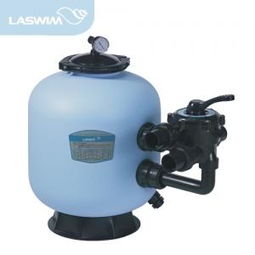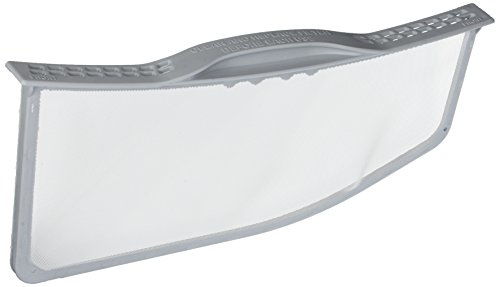Changing Pool Filter Sand: A Comprehensive Guide
Pool filter sand is a crucial component of your swimming pool’s filtration system. It plays a vital role in removing impurities and maintaining the water quality. Over time, the sand in your pool filter can become clogged and less effective, necessitating a change. In this article, we will delve into the process of changing pool filter sand, covering various aspects such as the importance of regular maintenance, the types of sand available, and the step-by-step process of replacing it.
Why is Regular Pool Filter Sand Replacement Important?

Regularly changing your pool filter sand is essential for several reasons. Firstly, it ensures that your pool water remains clean and crystal clear. Over time, the sand can become saturated with dirt, oils, and other contaminants, reducing its ability to filter effectively. Secondly, it prevents the build-up of algae and other microorganisms, which can lead to foul odors and unhealthy swimming conditions. Lastly, maintaining clean filter sand can extend the lifespan of your pool equipment, saving you money on repairs and replacements in the long run.
Types of Pool Filter Sand Available

When it comes to pool filter sand, there are several types to choose from. The most common types include:
| Type of Sand | Description |
|---|---|
| Silica Sand | Highly effective at filtering out impurities, but can be expensive. |
| Quartz Sand | Similar to silica sand, but more affordable. |
| Zeolite | Excellent at removing chlorine and other chemicals, but can be more expensive. |
| Zeocarbon | Similar to zeolite, but more affordable. |
Each type of sand has its own advantages and disadvantages, so it’s important to choose the one that best suits your pool’s needs and budget.
Step-by-Step Guide to Changing Pool Filter Sand

Changing your pool filter sand is a relatively straightforward process. Here’s a step-by-step guide to help you through the process:
-
Shut off the pool pump and drain the filter. This will prevent any water from escaping during the process.
-
Remove the filter cover and inspect the existing sand. If it appears to be heavily clogged or contaminated, it’s time for a replacement.
-
Measure the amount of sand you need. The general rule of thumb is to use 1 pound of sand per square foot of filter area.
-
Prepare a new filter bag or container to hold the new sand. Make sure it’s clean and dry.
-
Slowly pour the new sand into the filter, ensuring it’s evenly distributed. Avoid packing the sand too tightly, as this can reduce its effectiveness.
-
Replace the filter cover and reconnect the pool pump. Make sure the pump is running smoothly and there are no leaks.
-
Backwash the filter to remove any remaining debris from the new sand. This process involves reversing the flow of water through the filter, which helps to clean the sand and remove any trapped particles.
-
Run the pool pump for several hours to allow the new sand to settle and become fully effective.
Remember to follow the manufacturer’s instructions for your specific pool filter model, as the process may vary slightly.
Conclusion
Changing your pool filter sand is an important task that should be performed regularly to maintain the quality of your pool water. By following this comprehensive guide, you can ensure that your pool remains clean, safe, and enjoyable for years to come.














